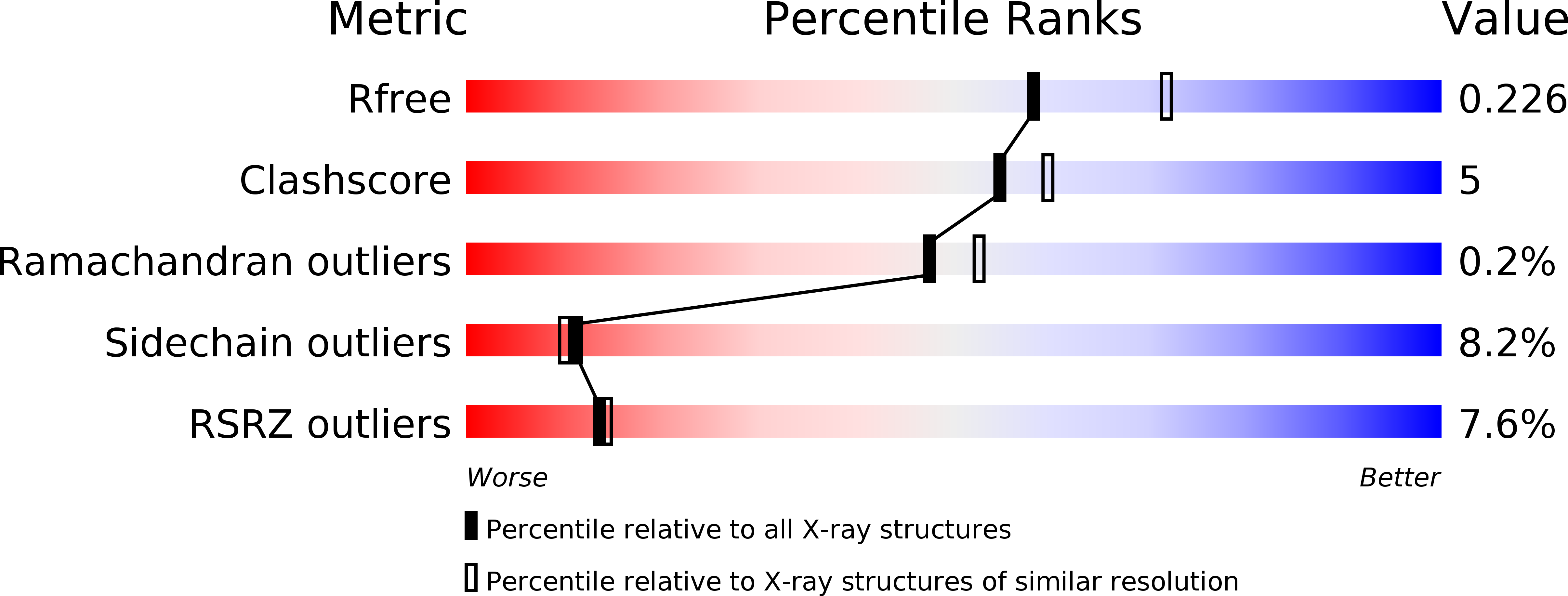
Deposition Date
2016-05-19
Release Date
2016-09-07
Last Version Date
2023-11-29
Entry Detail
PDB ID:
5K2M
Keywords:
Title:
Bifunctional LysX/ArgX from Thermococcus kodakarensis with LysW-gamma-AAA
Biological Source:
Source Organism:
Host Organism:
Method Details:
Experimental Method:
Resolution:
2.18 Å
R-Value Free:
0.22
R-Value Work:
0.18
R-Value Observed:
0.18
Space Group:
P 1 21 1


